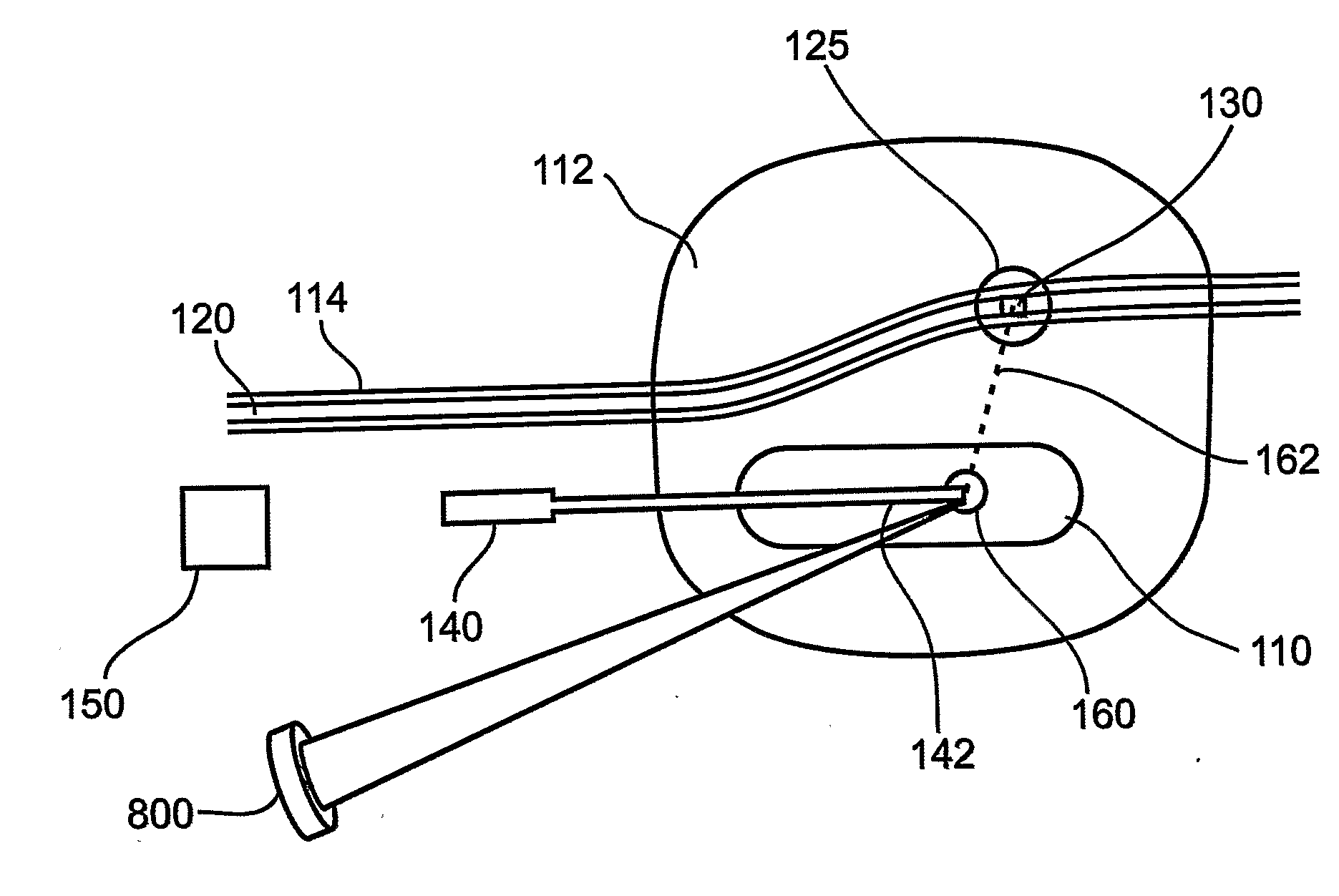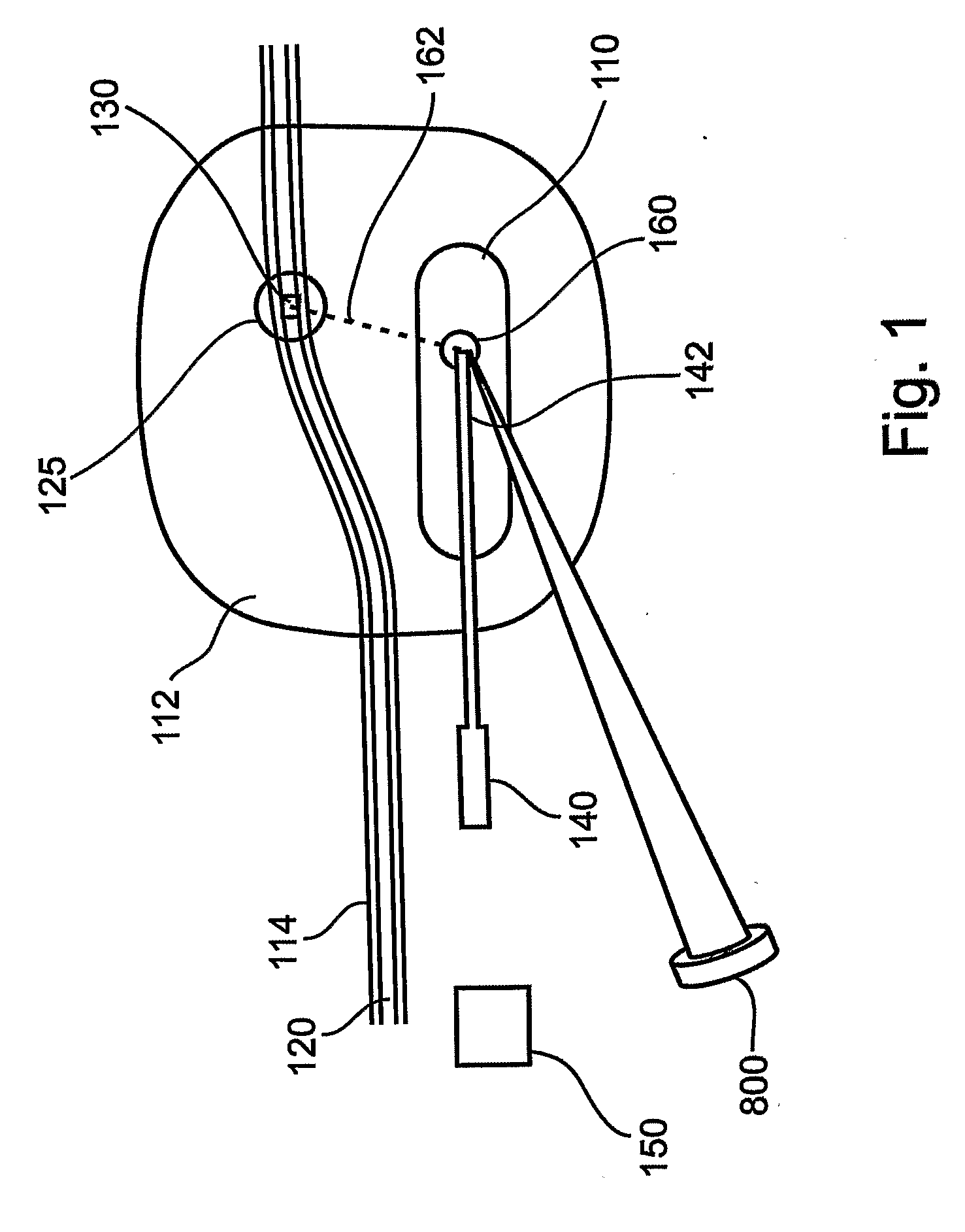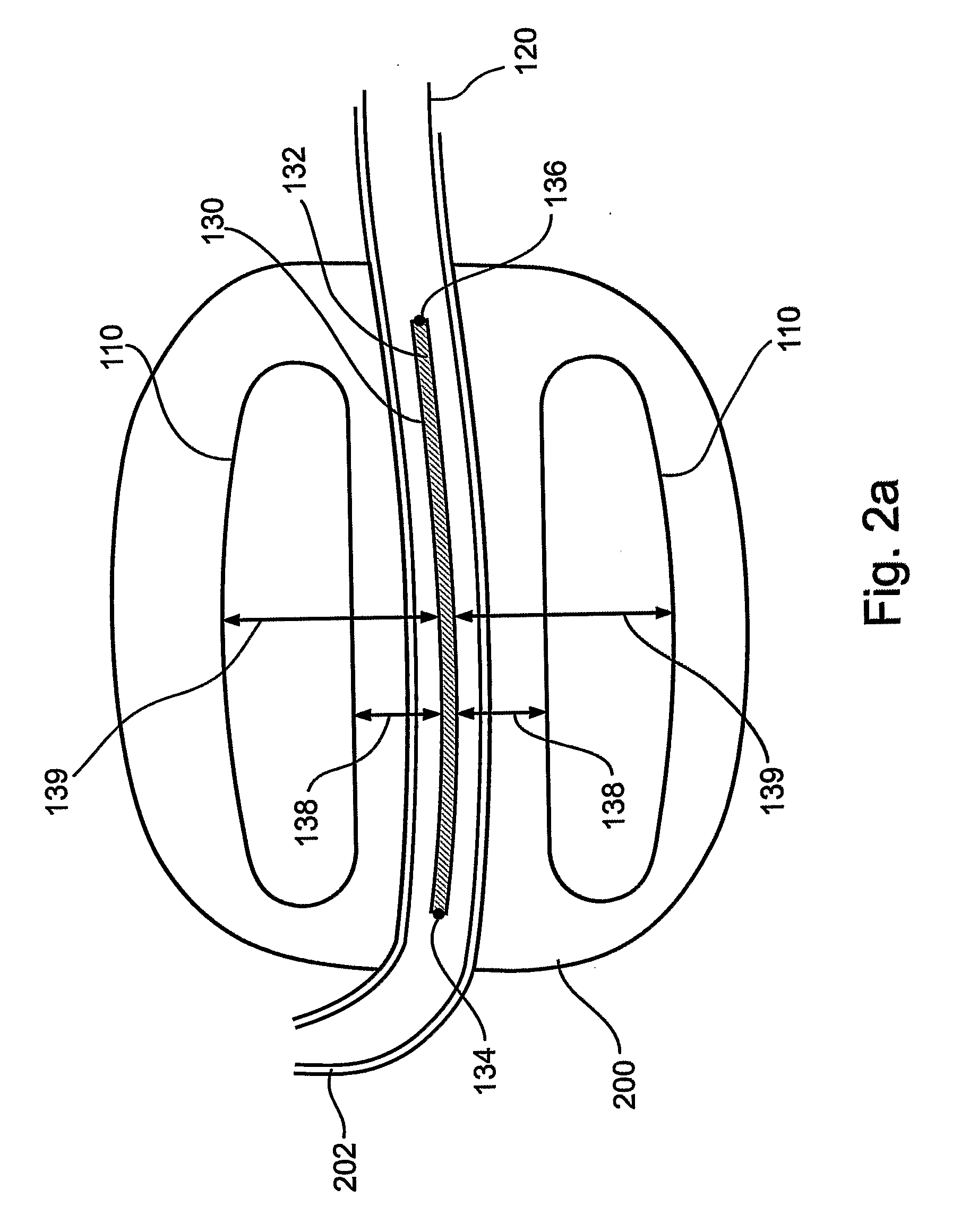Method and Apparatus for Positioning a Medical Instrument
a medical instrument and positioning technology, applied in the direction of surgical instruments for heating, eye exercisers, chiropractic devices, etc., can solve the problems of less-invasive procedures, surgeons with limited ability to directly observe what they are doing, and the delivery of surgical tools to a treatment site not located within a body conduit, etc., to achieve the effect of improving the accuracy of surgical results
- Summary
- Abstract
- Description
- Claims
- Application Information
AI Technical Summary
Benefits of technology
Problems solved by technology
Method used
Image
Examples
Embodiment Construction
[0094]The present invention is of a method and apparatus for positioning a surgical tool at a treatment site within the body of a patient. Specifically, the present invention can be used during a minimally-invasive surgical procedure to direct a surgical treatment tool to a desired treatment site, for diagnosis or for surgical treatment at that site, while reducing dependence on real-time use of imaging modalities during positioning of the tool.
[0095]The principles and operation of a surgical treatment tool placement system according to the present invention may be better understood with reference to the drawings and accompanying descriptions.
[0096]Before explaining at least one embodiment of the invention in detail, it is to be understood that the invention is not limited in its application to the details of construction and the arrangement of the components set forth in the following description or illustrated in the drawings. The invention is capable of other embodiments or of be...
PUM
 Login to View More
Login to View More Abstract
Description
Claims
Application Information
 Login to View More
Login to View More - R&D
- Intellectual Property
- Life Sciences
- Materials
- Tech Scout
- Unparalleled Data Quality
- Higher Quality Content
- 60% Fewer Hallucinations
Browse by: Latest US Patents, China's latest patents, Technical Efficacy Thesaurus, Application Domain, Technology Topic, Popular Technical Reports.
© 2025 PatSnap. All rights reserved.Legal|Privacy policy|Modern Slavery Act Transparency Statement|Sitemap|About US| Contact US: help@patsnap.com



